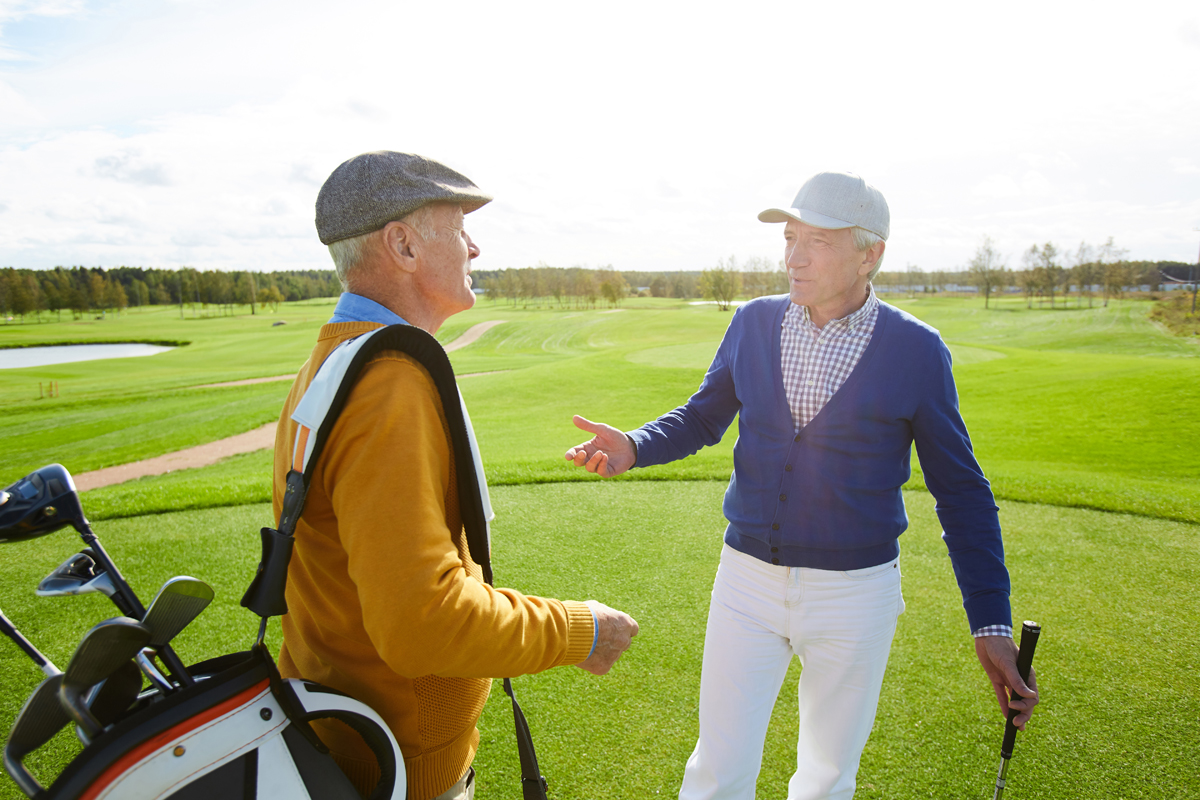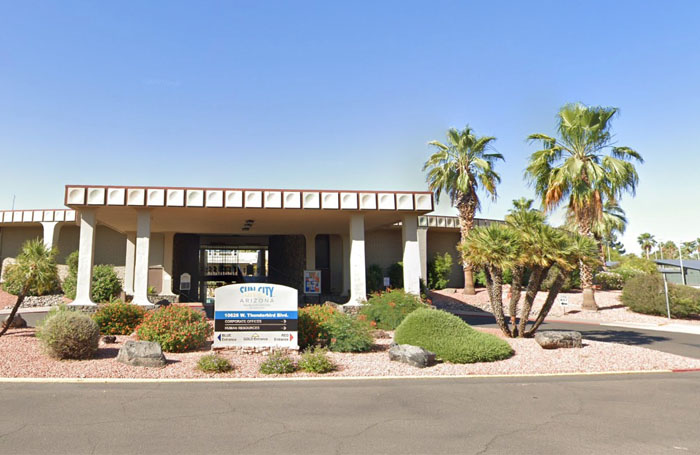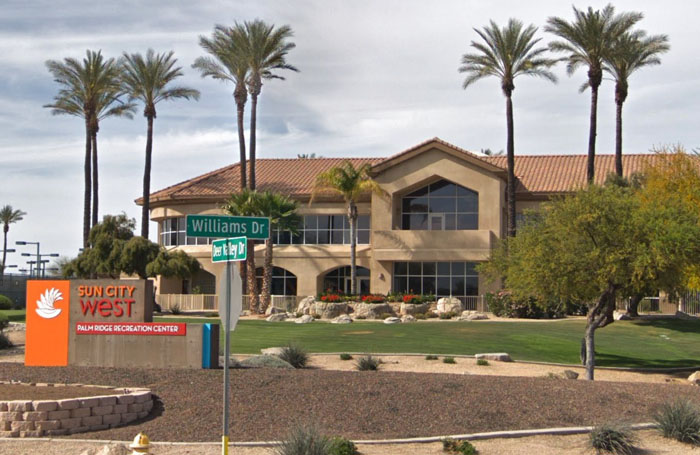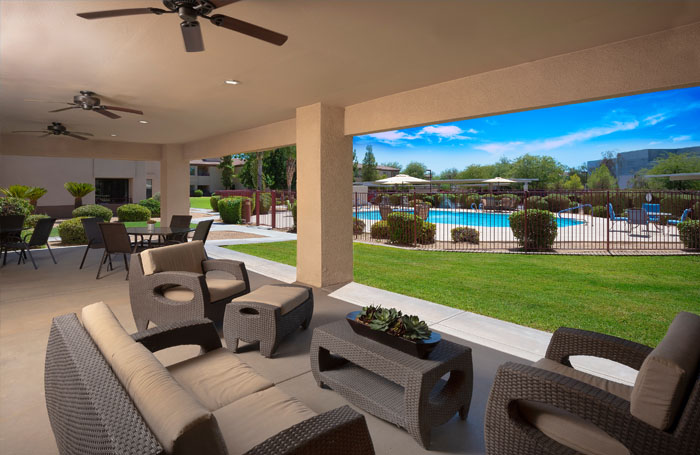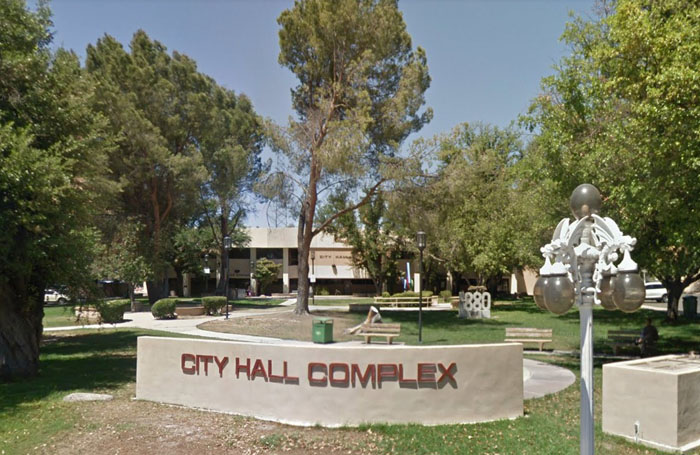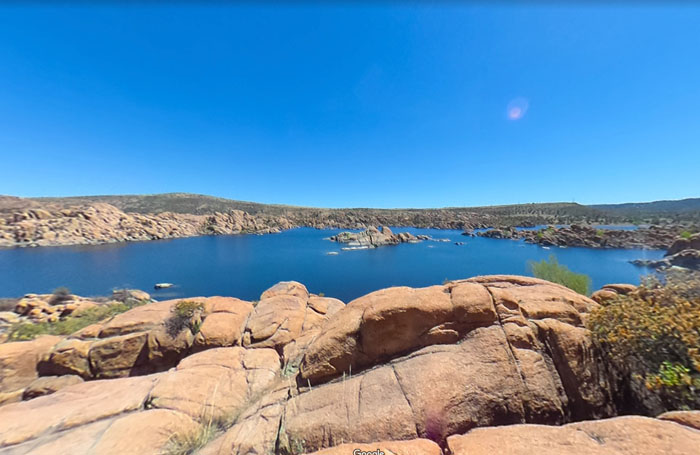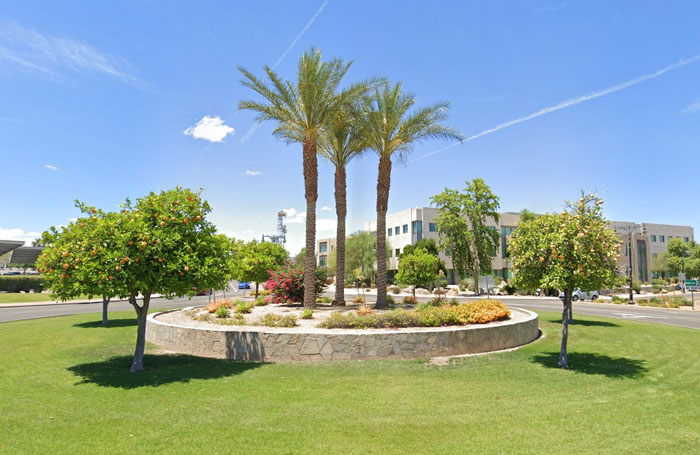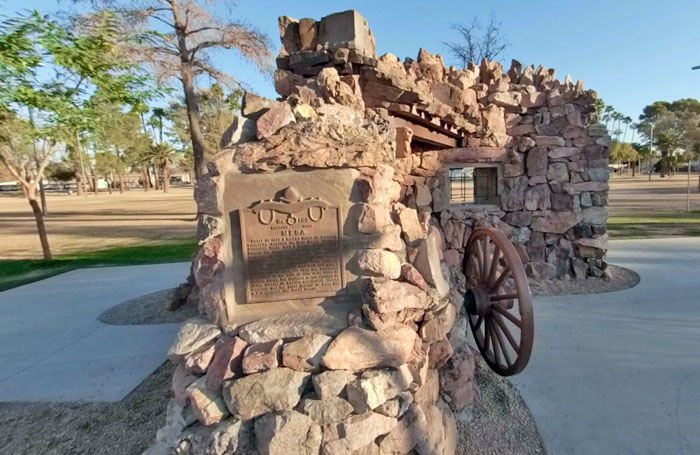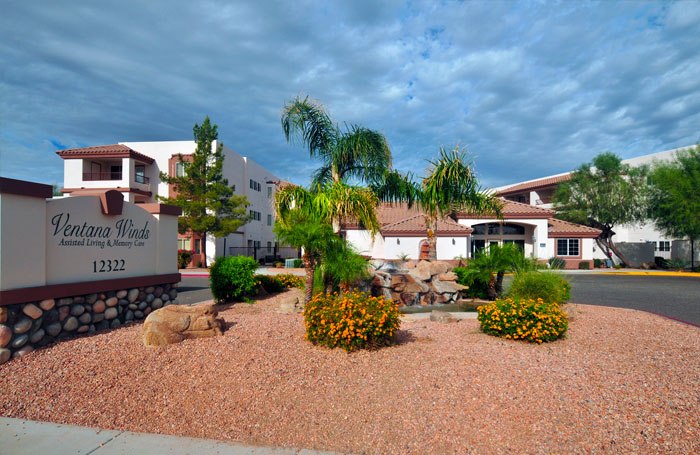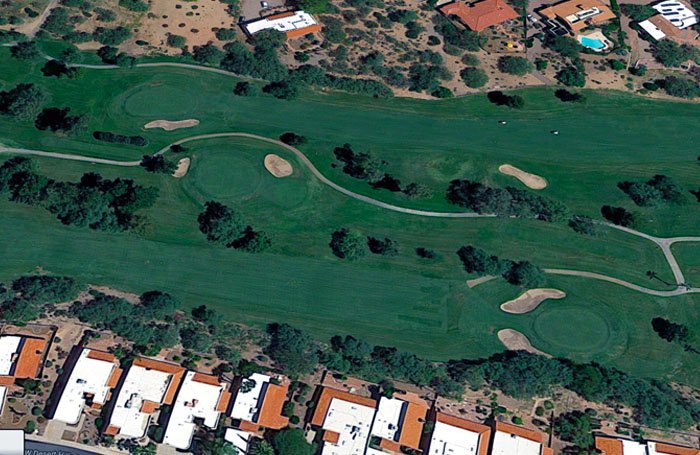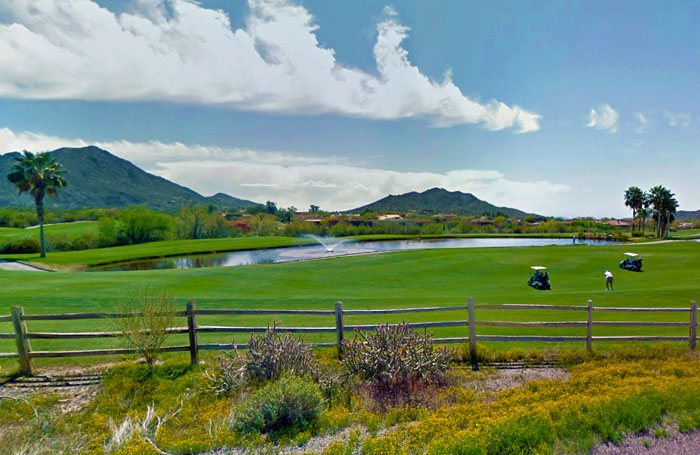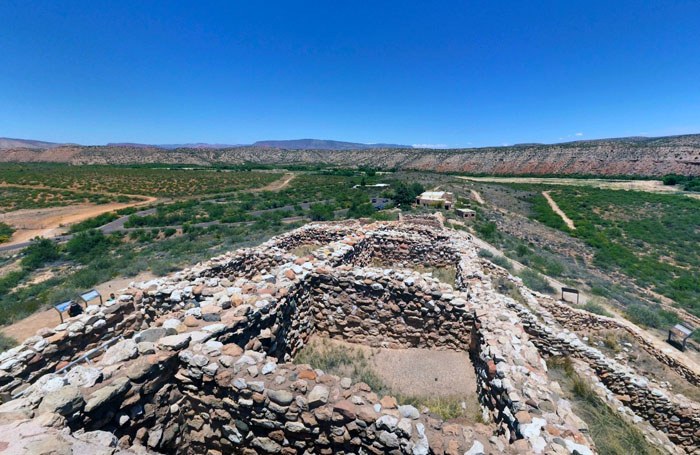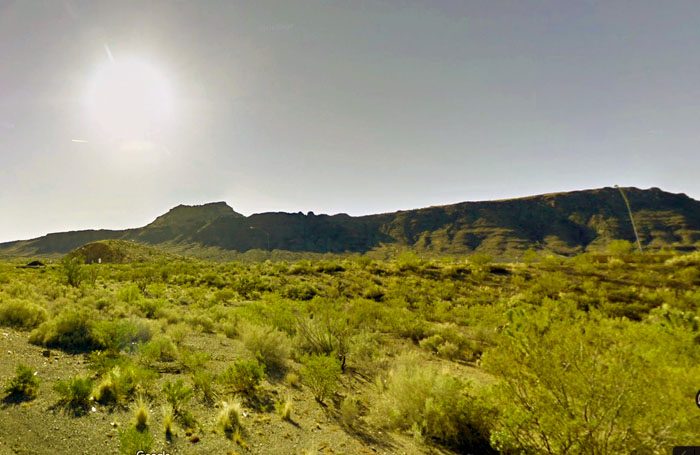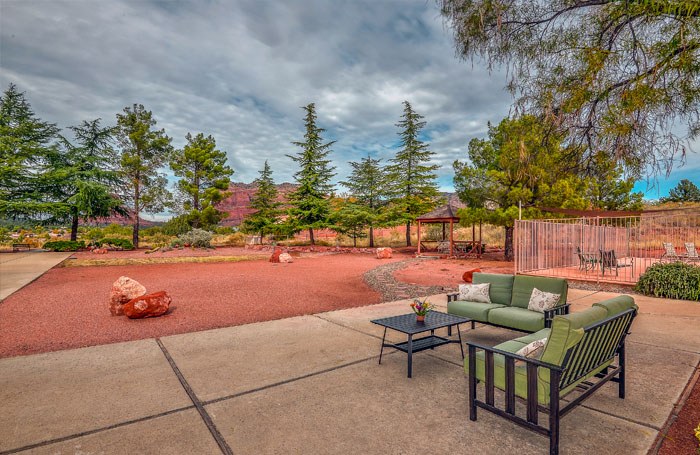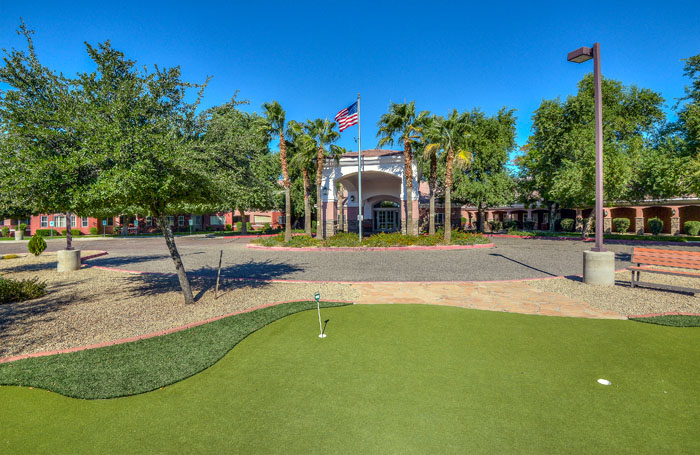Favorite Sports For Seniors
Here are some of the favorite sports for seniors:
- Walking: It is a low-impact activity that is easy on the joints and can be done just about anywhere. It is also a great way to socialize and meet new people.
- Swimming: Swimming is another low-impact activity that is great for the cardiovascular system. It is also a good way to improve flexibility and range of motion.
- Yoga: Yoga is a great way to improve flexibility, balance, and strength. It can also help to reduce stress and anxiety.
- Tai Chi: Tai Chi is a gentle martial art that combines slow, flowing movements with meditation. It is a great way to improve balance, coordination, and flexibility.
- Pickleball: Pickleball is a relatively new sport that is a cross between tennis, badminton, and table tennis. It is a great way to get some exercise and have some fun.
- Golf: Golf is a low-impact sport that can be enjoyed by people of all ages. It is a great way to get some exercise, fresh air, and sunshine.
- Dance: Dancing is a great way to improve balance, coordination, and flexibility. It can also be a lot of fun.
These are just a few of the many sports that are popular among seniors. The best sport for you will depend on your individual interests and abilities.
Here are some additional factors to consider when choosing a sport for seniors:
- The level of impact: Some sports are more high-impact than others, which can be hard on the joints. If you have any health concerns, talk to your doctor before starting a new sport.
- The social aspect: Some sports are more social than others, which can be a great way to meet new people and make friends.
- The location: If you live in a rural area, you may not have access to all the same sports as someone who lives in a city.
- The cost: Some sports can be more expensive than others, so you’ll need to factor that in when making your decision.
No matter what sport you choose, make sure to start slowly and gradually increase your activity level. This will help you reduce your risk of injury and maximize your enjoyment.
Retirement Communities In Arizona
With independent living communities all across the valley, SLS Communities offers the very best facilities and services for senior citizens. Independent communities are currently located in Sedona, Mesa, Peoria and Surprise, Arizona. Living options include studio, one and two-bedroom apartments, all inside relaxing, resort-style communities. Enjoy weekly trips to shopping, restaurants and entertainment centers. A wide range of activities will be sure to entice all residents, as well!
More Articles About Retirement
- Golf Clubs For Seniors
- Can I Retire At 60 With 500K
- What Is Dementia?
- How To Retire At 50
- Best Places To Retire in Arizona 2021
- Ten Early Signs and Symptoms of Alzheimer’s Disease
- Covid Vaccine Update: What Seniors Need To Know
- How To Save For Retirement Without A 401K
- Funny Quotes About Aging Gracefully
- Independent Living Benefits
- Strength Training For Older Adults
- Retiring In Arizona Pro’s and Con’s
- Physical Games For Seniors
- 12 Card Games For Senior Citizens
- Music Seniors Love
- Five Tips For Seniors In Arizona Summers
- Classic Movies Popular With Seniors
- Netflix Movies Popular With Seniors
- How Seniors Can Keep Healthy This Summer
- Video Games Seniors Like
- Eight Birthday Tips For Seniors In Assisted Living
- Mesa AZ Assisted Living Costs
- How Much Does Assisted Living Cost In Sun City, AZ
- Best Places To Retire in Arizona 2020
- Does Medicare Cover Assisted Living Costs?
- Coronavirus Advice For Seniors
- How Much Does Assisted Living Cost In Peoria, AZ?
- How Much Does Memory Care Cost In Arizona?
- Best Board Games For Seniors
- How Much Does Independent Senior Living Cost?
- Best TV Shows For Seniors With Alzheimers
- Books Popular With Seniors
- New Years Resolutions For Seniors
- Cost of Assisted Living in Phoenix Arizona
- Christmas Ideas In Assisted Living
- Great Jokes For Seniors
- Christmas Quotes For Seniors
- Birthday Quotes For Seniors
- National Senior Games Association
- New Grandparents Quotes
- Pets In Assisted Living
- Ten Fun Things To Do With Someone In Assisted Living
- Activities for Seniors
- Great Balance Exercises For Seniors
- What Are Some Benefits of Assisted Living?
- How To Find An Assisted Living Facility?
- How To Talk To A Parent With Dementia
- When Is the Right Time to Move From Assisted Living to Memory Care?
- Questions For Assisted Living Interviews
- Retirement Wishes for a Boss
- Funny Retirement Wishes For Coworkers & Colleagues
- Retirement Quotes, Wishes, Sayings
- Best Retirement Communities In Arizona 2018-2019
- Benefits Of Retiring In Arizona
- What is Independent Living?
- What Type Of Doctor Do I See For Memory Loss?
- Elderly Home Safety Checklist
- What To Do After Retirement | 19 Activities & Retirement Hobbies
- What’s The Best Way To Save For Retirement In Your 50s?
- Types Of Retirement Homes
- How To Move A Parent With Dementia To Assisted Living
- Best Retirement Communities For Active Adults
- Dealing With Aging Parents Depression
- Easy Crafts For Seniors With Dementia
- When Is It Time For Assisted Living?
- How Do You Talk To Someone With Dementia?
- Seven Stages Of Dementia
- Best Low Risk, High Return, Safe Investments For Seniors
- Do I Pay Taxes On Social Security After Age 66?
- Difference Between Assisted Living and Nursing Homes
- Do Seniors Pay Taxes On Social Security Income?
- Top 5 Retirement Communities in Arizona
- Funny Retirement Wishes For Colleagues
- Checklist For Assisted Living
Find Quality Assisted Living Care With SLS Communities
If you’re looking for the very best assisted living in Phoenix; SLS Communities can help! We have 5 locations in the Phoenix Valley that seniors and their families can choose from. With great amenities such as meticulously manicured landscaping, swimming pools, theater rooms, on-site salons, and much more! SLS Communities delivers today’s seniors the very best assisted living care services in the Phoenix, Arizona area.
Check out our locations below
For more information about assisted living and senior living services please call 480-348-0300.


